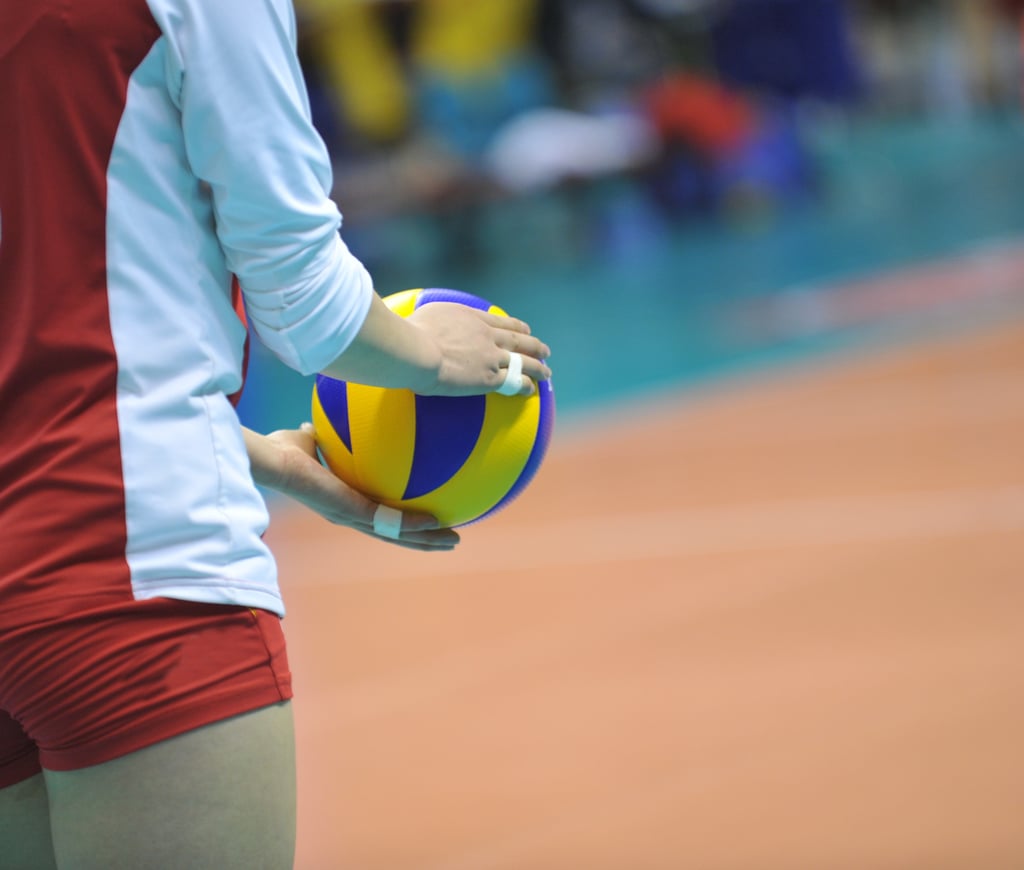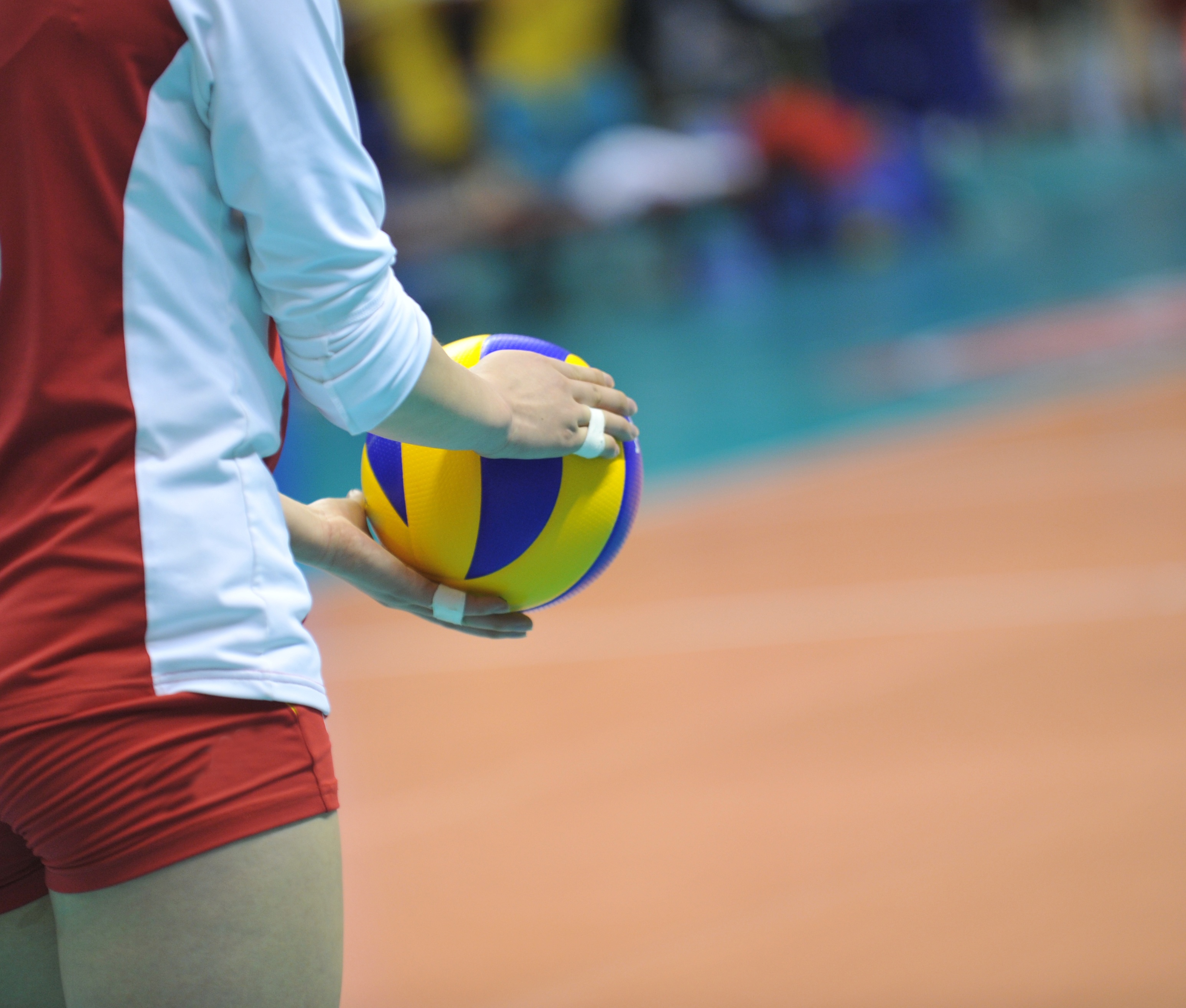Designing Progressions in Volleyball Strength Training

There are many different elements strength coaches must consider when designing a strength program for their volleyball players. Whether players are just beginning to build strength or are well-developed professionals, the most effective strength and conditioning programs implement progressions.
Why Progressions?
Designing a strength program that begins with the basics and progressively adds resistance and complexity to a program will help players get the most out of their strength training. This stepladder approach enables athletes to learn new movement patterns, harness their strength at a particular level, and continue to build strength by challenging themselves with more difficult exercises. All athletes begin with a different strength baseline, so it's important to assess each athlete’s movement patterns individually and start with bodyweight exercises. This ensures players master the technique first before progressing to more complex exercises that ultimately enhance strength.
Progressions in Strength Training
When volleyball players begin strength training they must systematically progress through a series of exercises that appropriately build up strength. Starting with the most fundamental patterns of motion, players must master the basics before they can advance to loaded exercises and more complex movements. A large component of strength training is having proper technique. This prevents injury and ensures the correct muscle groups are firing. A general preparatory phase should improve not only technique, but also general strength and stability. An emphasis on developing core stability, balance, and proprioception (i.e. awareness of one’s body in space) will improve all patterns of movement. Progressing steadily from bodyweight to loaded exercises, and continuing to increase weight while maintaining good form will build strength as muscle groups respond and adapt to the stimulus of lifting. At first, a particular exercise may be difficult. When muscles are signaled to resist a force, they respond by creating more muscle tissue and improving the force of each contraction. Once this occurs, the same exercise is no longer challenging enough. Athletes must find the balance between adding weight to challenge themselves and maintaining flawless technique. Eventually, players will progress to more complex whole body exercises.
Volleyball-Specific Progressions
Once the basics are well practiced, volleyball players can use sets of progression drills to improve the skills that are already in place. For example, a progression to power lifting may begin with front squats and deadlifts before moving toward pull shrugs and power clean pulls that require coordination. Movements that integrate various muscle groups should be rehearsed without weight first, progressively adding weight before athletes jump into heavier sets. Below are a list of four progression drills proven to help players master the framework of proper jumping mechanics and enhance player performance on the court.
Stage 1: Altitude Drops
This beginner exercise is good for players to practice their jumping mechanics. During this drill, it is important for athletes to pay attention to body position when landing. Since many movements in volleyball involve jumping, players should focus on toe to heel landing and in a solid athletic stance in order to minimize risk of injury. Players should take this exercise slowly to ensure that they perfect their jumping technique.
Stage 2: Box Jumps
As the progression continues, box jumps allow athletes to expand their technique with the addition of vertical jumps. Players should be explosive off both feet and land in the proper athletic stance position they developed from the altitude drop exercise. With time and experience, the height of the box can be increased for athletes to practice more challenging jumps.
Stage 3: Seated Box Jumps
The seated box jump takes the standard box jump to the next level. Starting in a seated position allows the player to build quad strength, which increases their quickness and vertical jump height. Proper technique begins with the knees and shins forming a 90-degree angle with the feet shoulder width apart.When introducing this drill, the height of the box should be easily manageable for the athletes, and the box height can increase with experience.
Stage 4: Depth Jumps
Leading up to this final step, players can use the skills they’ve acquired from the first three progressions to properly execute this more advanced drill. Depth jumps are good for building a player’s strength and power, which directly contribute to speed and quickness on the court. With a solid base of technical mechanics, athletes can focus on the explosive tuck jump at the end of the movement. Players should push themselves to see how high they can jump while still maintaining a correct landing in an athletic stance.
Recap
Designing a strength program with progressions is necessary for volleyball players to continue to develop strength and decrease their risk of injury. Once a framework is put into place and correct execution is enforced, the focus can be directed towards strength. Developing quickness and strength with progression exercises will set volleyball players ahead of their competition on the court. To learn more check out this article about volleyball-specific strength training and this article about volleyball-specific dynamic warmup.
.png?width=150&height=50&name=BRIDGEBLOG(1).png)

